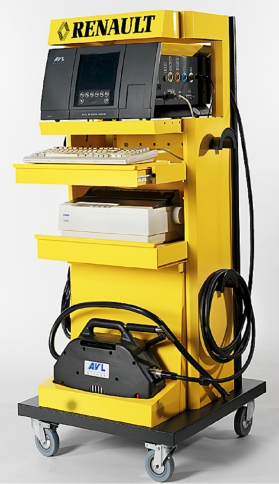
Page 1 |
Page 2 |
Page 3 |
Back to 'tech. help' |
|
The sense and nonsense on Emission testers
This article aims to dispell some of the myths that seem to be around emission testers. Article No. 33 Page 3/3 |
 
|


Back to 'tech. help' |
Back to 'Welcome' |